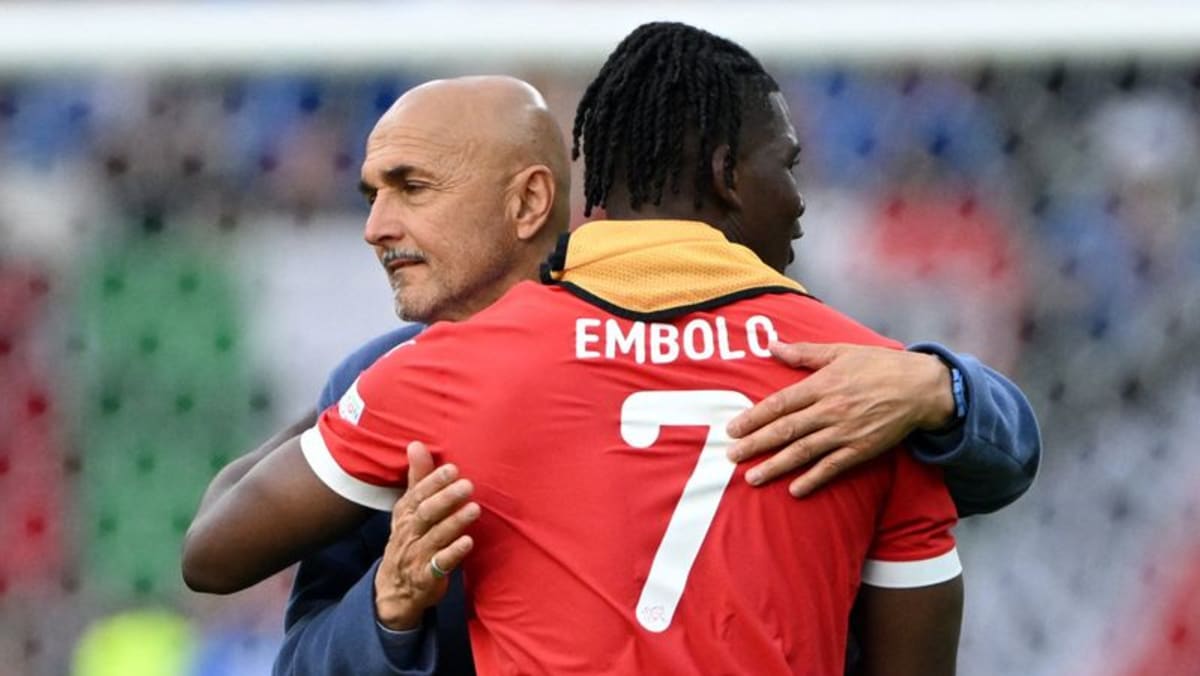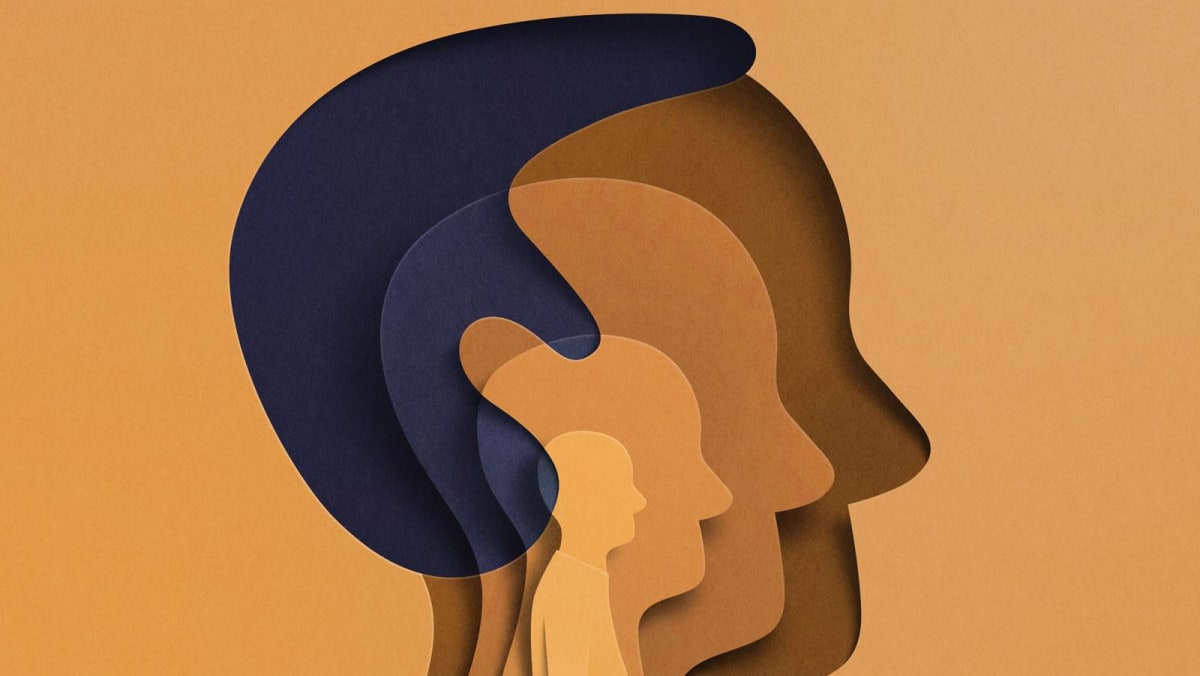If you spot a gap or two in your child’s front teeth, you might be wondering: Will they close up as he grows? The answer depends on your child’s age and whether he is done replacing his first set of teeth (aka milk or baby teeth) with permanent or adult ones.
For the record, your child’s 20 milk teeth will begin to emerge at around six months of age, although it can vary from baby to baby. By the time he hits six years old, those milk teeth will start to fall off and be gradually replaced by his adult set consisting of 32 permanent teeth.
But sometimes, those numbers just don’t happen because of hypodontia.
“Hypodontia is the congenital or developmental absence of one or more baby or adult teeth,” said Dr Low Yuxuan, an associate consultant with National Dental Centre Singapore’s (NDCS) Department of Orthodontics.
In other words, your child could be born with one or a few teeth that are completely missing – up to six in some hypodontia cases – and not that they have failed to emerge.
HOW COMMON IS HYPODONTIA?
More than one in 10 patients (about 11 per cent) who require braces at NDCS has hypodontia, said Dr Low, citing two studies that span 2017 to 2019.
The condition often affects permanent teeth, according to associate consultant Dr Judith Quek with NDCS’s Paediatric Dentistry department, although it can also be seen in milk teeth. “If the milk tooth is missing, there is a higher chance of the adult tooth being missing, too,” she said.
Dr Sharon Leng, Tooth Stories’ dental surgeon, who used to provide dental services in schools, has also noticed that hypodontia affects adult teeth more than milk ones. “About one in 10 adolescents I have seen had hypodontia in their set of adult teeth, while one in 15 children had hypodontia in their set of milk teeth,” she said.














